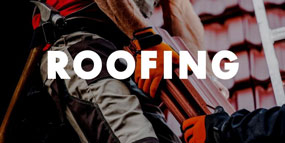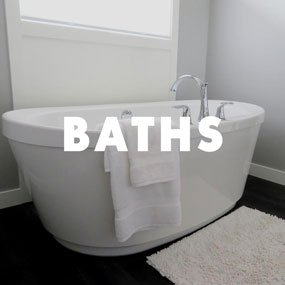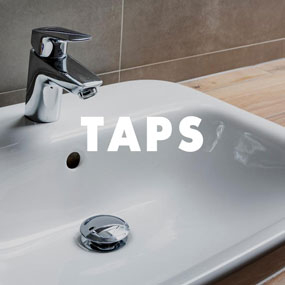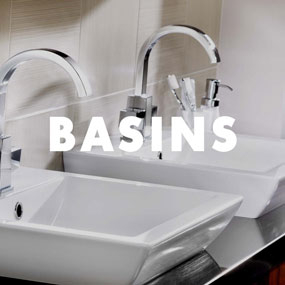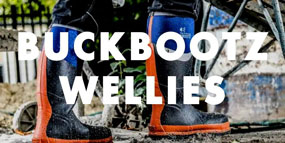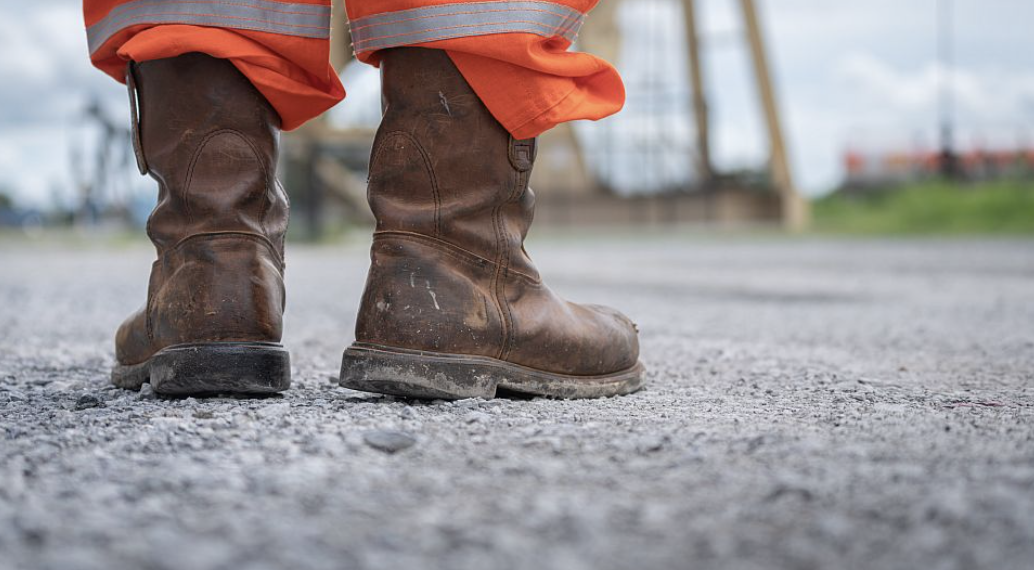The Rigger boot’s ongoing popularity for outdoor working is due to its loose comfortable fit, affordability, fleece lining and weatherproof material. These slip-on boots are the perfect combination of welly and safety boot and were originally designed for oil rig workers – hence the name. Designed so that they can be removed in an emergency like falling into water both easily and fast, they are extremely durable which makes them a popular choice for building sites. More and more companies are banning them but why is this?
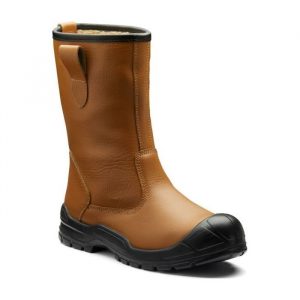
Traditional rigger boots offered little mid-sole protection to prevent injury from standing on nails, screws etc. Also, although the boot covers the ankle, the looser fit offers no protection against rolling of the ankle on uneven ground. With slips, trips and falls being the most common workplace accident, lace up safety boots are seen as providing more adequate ankle protection and some companies and sites have banned rigger boots as a result.
Depending on the work you complete, it is important to wear the correct safety boot meaning on many construction sites, you’ll need safety footwear that is CE certified (compliant with PPE regulations). Most rigger boots do not comply with these regulations, although many now do offer steel toe caps and midsole protection as well as improved ankle support. Although they are not banned by any governing body, it is still best to check your site safety policies as some sites or companies may restrict the use of these boots.
If you work at height, outdoors or on building sites where slips, trips and falls on uneven surfaces are more likely, choose a lace up ankle boot or pull-on dealer boot that is comfortable, slip resistant and durable. They should conform to EN ISO 20345:2011 which is the standard which all styles that are classified as ‘safety footwear’ are tested to.
Look out for abbreviations such as: 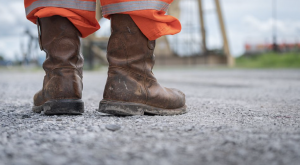
SB – safety basic and has a steel toe cap
S1P - anti-static (A) and made with a protective toecap and midsole (P) only
S3 – the most common type which has anti-static, made with a protective toecap and midsole and includes a water repellent upper
S5 - polymer or rubber moulded construction making them water and leak proof
HRO – heat resistant outsole
SRC – slip resistant
WRU – weather resistant upper
WR – water resistant
Remember that most sites require that your boots are replaced every 6-12 months or when they are damaged.

